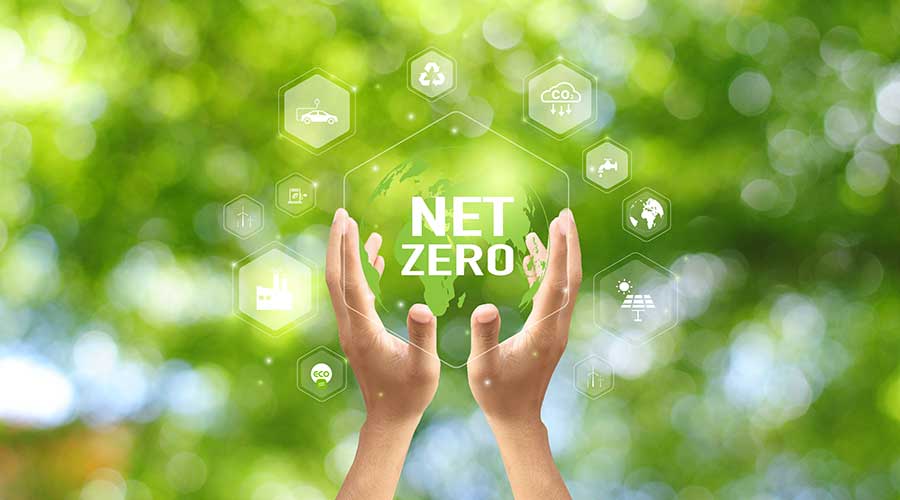Valley Children's Healthcare has planned a new environmental strategy to build energy resiliency for hospital campus operations and to drive efforts for improved air quality in the region. The plan will reduce greenhouse gas emissions by 50 percent by 2030 and will achieve net-zero carbon emissions by 2050. It also includes the installation of the largest pediatric healthcare-based renewable energy microgrid in the country.
When online and operational in 2025, the renewable energy microgrid will reduce reliance on the traditional power grid, ensuring Valley Children's Hospital and buildings on its campus remain operational in the event of power outages in the region. When Valley Children's achieves net zero, its entire campus will produce no carbon emissions, eliminating its carbon footprint and impact on air quality.
Additionally, Valley Children's is committed to creating energy resiliency and addressing the impact of climate change on families in Central California by:
- Creating a sustainable and clean energy strategy for the main hospital campus located in Madera, including the renewable energy microgrid that encompasses solar photovoltaic materials, fuel cells and battery storage.
- Investing in water treatment and recharge capabilities to ensure support for the Madera campus in the face of California's continuing drought.
- Developing a 10-year plan through the Valley Children's Guilds Center for Community Health to effectively identify the health needs of Central Valley children. The plan will measure the impact of these interventions, through the lens of equity and concern for health disparities in the region.
- Encouraging sustainable food practices, including sourcing food from local and sustainable producers and reducing food waste.

 UF Health Hospitals Rely on Green Globes to Realize Their Full Potential
UF Health Hospitals Rely on Green Globes to Realize Their Full Potential How Healthcare Facilities Can Be Truly Disaster-Resilient
How Healthcare Facilities Can Be Truly Disaster-Resilient TriasMD Breaks Ground on DISC Surgery Center for San Fernando Valley
TriasMD Breaks Ground on DISC Surgery Center for San Fernando Valley Bigfork Valley Hospital Falls Victim to Data Breach
Bigfork Valley Hospital Falls Victim to Data Breach AI-Driven Facilities: Strategic Planning and Cost Management
AI-Driven Facilities: Strategic Planning and Cost Management